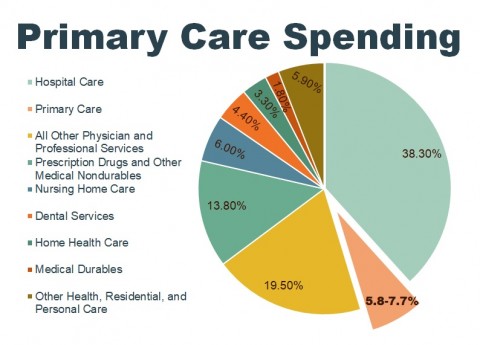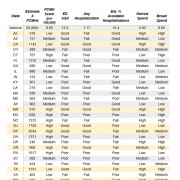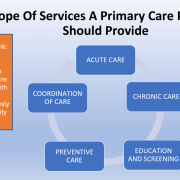Primary Care Investment
Greater investment in primary care is associated with lower costs, higher patient satisfaction, fewer hospitalizations and emergency department visits, and lower mortality. Despite current high levels of healthcare spending in the United States, the proportion spent on primary care is insufficient. A shift in resources to support greater access to comprehensive, coordinated primary care is imperative to achieving a stronger, higher-performing healthcare system.
Underinvestment in primary care gives rise to patient access and workforce issues. A significant financial incentive for physicians and other clinicians to choose other areas of specialty undermines primary care.

Resources
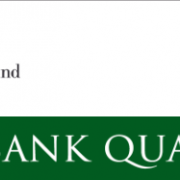
Investing in Primary Care and Dismantling Fee-For-Service | May 2019
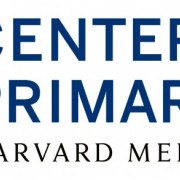
Harvard Medical School Center for Primary Care | July 2017
The model of Direct Primary Care is a subscription-based model aiming to circumvent the barriers posed by coding and payment schemes in traditional fee-for-service care. This model improves continuity as well as accessibility of care for patients. It also works to focus on the patient as a person rather than focusing on the payment scheme, making care more equitable.
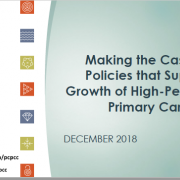
PCPCC | December 2018
- ‹ previous
- 3 of 6
- next ›
News
February 14, 2023
November 15, 2022 | Primary Care Collaborative
August 2, 2022
- ‹ previous
- 3 of 23
- next ›
Events & Media
November 19, 2018 | Coalition to Transform Advanced Care
February 26, 2019 | Polsinelli Reimbursement Institute
October 29, 2018 | PCPCC
- ‹ previous
- 3 of 7
- next ›
Related Content
| Title | Date | Source | |
|---|---|---|---|
|
|
Background Note on Direct Primary Care | July 2017 | Harvard Medical School Center for Primary Care |
 |
Comprehensive Primary Care Payment Methodological Brief | June 2017 | FMAHealth |
 |
Comprehensive Primary Care Payment Background Report | May 2017 | FMAHealth |
 |
APC-APM for Delivering Patient-Centered Care | April 2017 | AAFP |
|
|
Accelerating and Aligning Primary Care Payment Models | February 2017 | Health Care Payment Learning and Action Network |
 |
Synthesis of the STARFIELD Summit III | May 2016 | Starfield Summit |
 |
Starfield Summit Annotated Bibliographies | May 2016 | Starfield Summit |
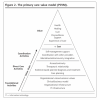 |
Achieving Value in Primary Care | April 2016 | ANNALS OF FAMILY MEDICINE |
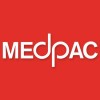 |
Alternative Payment Models (APMs): Potential principles and implementation issues | January 2016 | MedPac |
 |
AOA Letter of Support -- HR 2 Medicare Access and CHIP Reauthorization ACT | March 2015 | American Osteopathic Association |
Pages
Pages
Secondary menu
Copyright © 2024 Primary Care Collaborative



